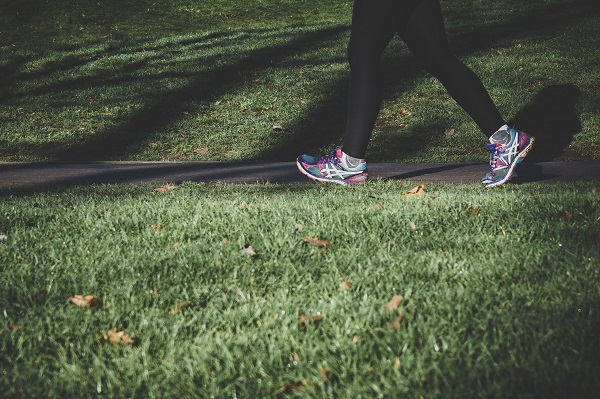Get rid of chronic pain and avoid disease
Inflammation, your body’s natural response to injury or infection, sometimes gets way out of hand. Chronic inflammation can cause a range of painful and serious diseases, including arthritis, heart disease, cancer and diabetes.
The good news is, you can reduce and even get rid of chronic inflammation simply and easily – through regular exercise.
Surprise – exercise is good for you
No, it’s not a surprise – exercise is an essential part of maintaining good health and a strong immune system. It increases your heart rate (in a good way), circulates your blood and improves your muscle tone. It also wakes up your brain and keeps it bright and active. So how does it work on inflammation? Dr. Sash Klakovic explains:
“When you exercise you increase your heart rate, breathing rate, and blood pressure – that puts your body under stress. So to cope, it releases particular hormones into your bloodstream. Those activate certain parts of your immune cells, so they make more ‘good’ proteins, rather than the ones that are linked with chronic inflammation,” says Dr Sash.
Any toxins, injuries or infections are more quickly dealt with, and meanwhile, chronic inflammation that’s working against your body, is reduced.
Walk away from the doctor
Research has shown that 20 minutes of brisk walking every day can significantly reduce your inflammation. You don’t need to join a gym, or buy an expensive exercise machine, just get out the door at least once a day – and walk. You’ll activate your ‘sympathetic nervous system’ which increases your heart and breathing rates, raises your blood pressure, and releases the hormones that sort out that excess inflammation.
“We’re not talking about intense, sweat-making workouts here – they aren’t sustainable. But walking every day, and a moderate, inside alternative for wet days, is ideal,” says Dr Sash.
For days when you want to get a sweat up, Dr Sash recommends high impact interval training (HIIT) – short bursts of intense exercise, like jumping jacks, squats and running. The idea is to keep your heart rate high, so 30 mins is all you need.
“It increases muscle mass and range of motion in major joints like hips and shoulders,” explains Dr Sash. “this is so important as we age.”
What else you can do
Walking is an easy and effective exercise most of us can manage. It also has the advantage of being sociable – you can join your friends or a regular walking group so that even on days when you’re feeling lazy, you’ll get out there to support others. Whatever helps you walk is good.
If walking isn’t your thing, try what you like doing – dancing, swimming, gardening, climbing hills. As long as it increases your heart rate and you can sustain it for at least 20 minutes a day, it will do the trick.
Dr Sash has a warning:
“Don’t push yourself too far if you aren’t fit as injuring yourself would increase inflammation. Ease into the regime you’ve chosen, and help your body get stronger gradually,” she explains.
Besides walking, here are some other anti-inflammatory ideas you might try:
Tramping
Go with some friends to your nearest bit of hilly bush. Okay, it’s walking, but with the lovely bonus of looking at trees while you’re doing it – which has been shown to reduce stress. Spend an hour communing with nature and negotiating walking trails – do both your body and mind some good.
Foam rolling
This is a good way to reduce the soreness you get when you’ve demanded a little too much from your muscles. You’ll need a mat or soft carpet, and a cylinder of foam. Lie down, put the roll under the muscles that are sore (calves, thighs, lower and upper back, stomach), and move your body against the roller. The gentle pressure acts like a massage, and for smaller arm muscles you can use a tennis ball. Try this site for how to use the roller and some exercise ideas.
Breathing, meditation and yoga
One of the ways to reduce inflammation is to relax we know – it’s easier said than done!). Choose whatever method suits you. Take some time every day to breathe deeply, try doing meditation, or if you like the social aspect (always a good thing) join a yoga class. Deep breathing and meditation can help relax you, which is important for reducing inflammation. Yoga has all of that, with the added benefit of gently stretching your muscles and ligaments, making you less likely to injure yourself doing other, more vigorous exercise.
Make a move to heal yourself
Exercise is something you should do every day, not just to reduce your inflammation but for your whole-body health. We are made to move, and although you may not feel like it right now, you’ll be glad when you’ve started. Your pain will recede, your mood will lift, and your life will take on a more positive aspect.
If you’re over 50, this kind of regular exercise can take on life-saving aspects. So get out there, find friends to join you – and get moving!










Join the Discussion
Type out your comment here:
You must be logged in to post a comment.